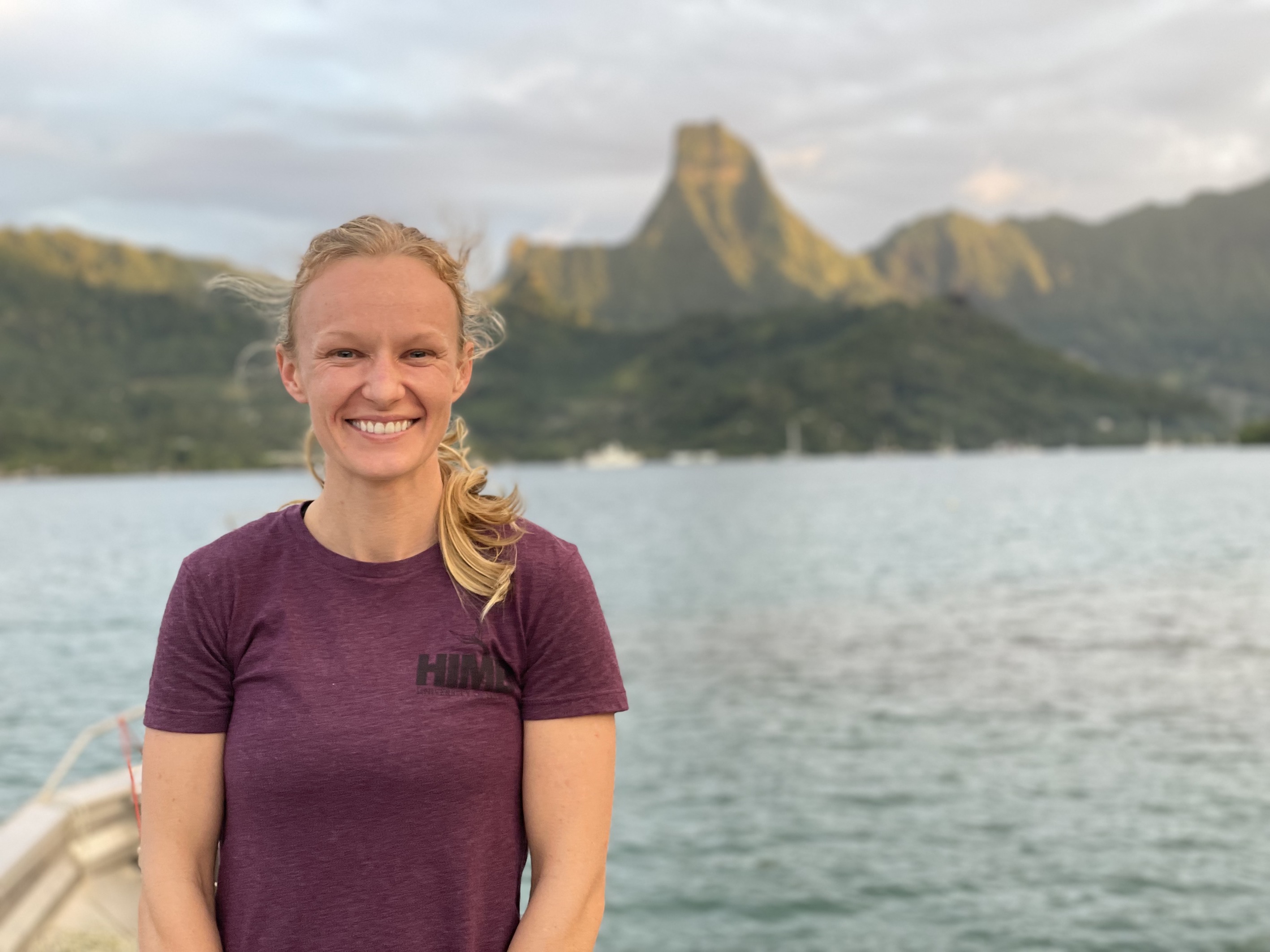Poly IC Resazurin Trials 10 March 2025
This post details results from resazurin trials of PolyIC seed from 10 March 2025 run at control (20°C) and high (40°C) temperatures.
Overview
I have set up the MERLABs FLx800 plate reader for the resazurin assay and ran the first round of full resazurin trials today using our resazurin protocol.
All data and scripts are in our GitHub repository.
These trials were run on spat brought back from the hatchery last week (“batch 2”).
Proceedure
Plate 1: 20°C (counter top, control)
Plate 2: 40°C (incubator)
Each plate had a temperature logger with it.
I prepared oysters using the following plate map.
- Wells A1-A3 = blanks
- Wells A4-B12 = control tank 1
- Wells C1-C3 = blanks
- Wells C4-D12 = treated tank 4
- Wells E1-E3 = blanks
- Wells E4-F12 = control tank 2
- Wells G1-G3 = blanks
- Wells G4-H12 = treated tank 5
I set oysters on the lid of the plates and took an image with a scale bar for size. I used ImageJ to measure max length of each oyster for analysis.
Size for plate 1:

Size for plate 2:

I then measured resazurin fluorescence hourly from 10:30-2:30 for a 4 hour incubation.
Noah then performed survival measurements after the 4 hour incubation.
Data analysis
I analyzed data using scripts available on the GitHub repository and as described previously in my past notebook posts.
Resazurin fluoresence was standardized to initial values, blank corrected, and size normalized.
I then examined effects of time, temperature, and spat treatment on resazurin fluorescence as a proxy for metabolic rate.
Results
There was a significant effect of temperature on metabolic rates and metabolic rate was significantly different between spat treatments.
Metabolic rates were lower at 40°C than 20°C, indicative of metabolic depression under high stress.

THe difference in metabolic rates between 20°C and 40°C was greater for treated spat than for control spat.

Treated spat had lower metabolic rates at 40°C than control spat.

Next steps
On Thursday of this week, I will run another trial at control and 36°C.
Noah O. is collecting survival data today and I will analyze mortality as a function of survival after this is completed.


